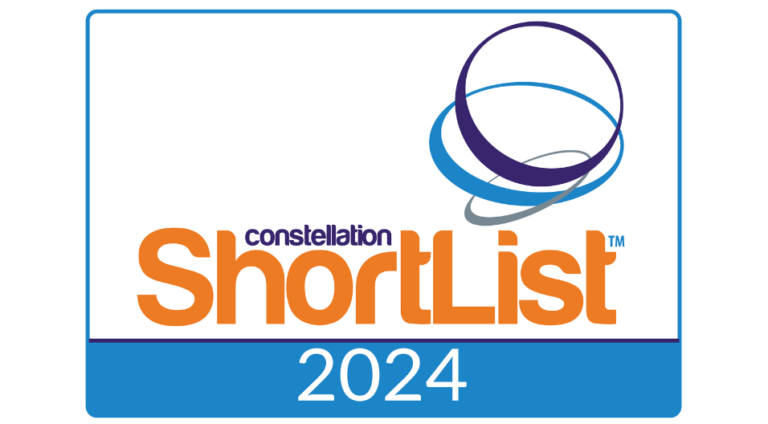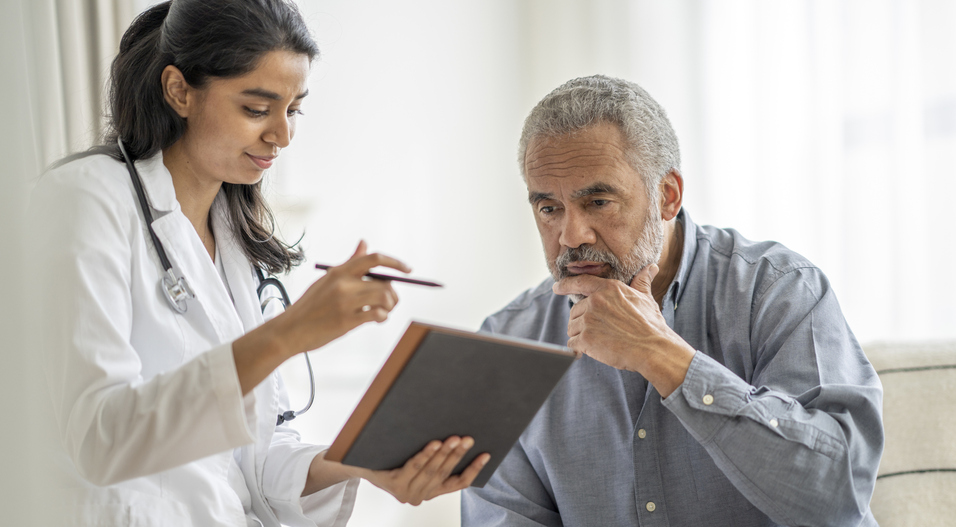A new survey developed at One Brooklyn Health gathers valuable data that shines light on equity for the health system’s patients.
By Christopher Cheney
– One Brooklyn Health is implementing a health equity initiative that focuses on patient experience.
Health equity has emerged as one of the pressing issues in healthcare. Last year, Health equity was proposed as the fifth element of a Quintuple Aim to guide healthcare improvement efforts.
At One Brooklyn Health, the Brooklyn, New York-based health system has launched the DEI Outreach Program to help address health equity, says Gwendolyn Lewis, DNP, RN, principal investigator at One Brooklyn Health and vice president of ambulatory care at Interfaith Medical Center in Brooklyn.
“This project started so that we could look at how health equity impacts the patient experience as well as health outcomes. We started with focus groups that included members of the community and patients. They shared with us their experiences with facilities in north-central Brooklyn. Based on the feedback that we received, we developed a 10-question survey. We partnered with CipherHealth, so the surveys could be sent out electronically to patients who were discharged from either the inpatient setting or outpatient setting,” she says.
The survey, which is called the Brooklyn Health Equity Index, is different than other patient experience surveys, Lewis says. “We take this tool a step further than Press Ganey’s tool regarding patient experience. Press Ganey’s tool does address whether a patient is discriminated against. Press Ganey’s tool does not address whether the patient’s needs beyond a hospitalization or a clinic visit are taken into consideration. The Press Ganey tool does not address whether the patient could comply with the medical regimen that was decided in either their hospital or outpatient encounter. Our survey tells us what real-life experiences are like. For example, did the doctor look at how difficult it is for the patient to apply what they have been told?”
The Brooklyn Health Equity Index has been deployed in two stages, she says. In the first stage, more than 4,000 surveys were sent to One Brooklyn Health patients. In the second stage, more than 10,000 surveys were sent out to One Brooklyn Health patients.
The Brooklyn Health Equity Index is collecting key data, says K. Torian Easterling, MD, MPH, senior vice president of population and community health as well as chief strategic and innovation officer at One Brooklyn Health.
“For us to address injustice, we must be able to shine a light on it. We must be intentional about trying to identify where injustice is showing up, so that we can ensure that our patients are having the best experience that will lead to optimal health. That is the big picture. This survey put us in the right direction of getting there. We can identify where there might be inequities and where there might be negative experiences. Then, it is on us as a health system to apply the right kinds of tools to address those gaps,” he says.
One Brooklyn Health is committed to the long journey required to address health equity, Easterling says. “Before the new survey, we were using our performance improvement activities and working with our chief quality officer to achieve practice improvement in our ambulatory centers and inpatient units. Our previous surveys did not ask questions like this new survey. They did not ask about getting treated unfairly. They did not ask about whether the care team recognized patients in a warm and welcoming way. So, while we are in the initial phase of making sure the new survey is valid, our next step is going to be to couple the new survey with practice improvement activities.”
Previous Equity Work at One Brooklyn Health
Some practice improvement through a health equity lens has already been done at One Brooklyn Health, Easterling says. “We have been ensuring that individuals have the resources they need to improve their care. We have the Diabetes Center of Excellence, and we have been removing barriers to make sure that patients have access to continuous glucose monitors and are able to test their blood sugar on a regular basis. We are doing this while being responsive to our patients’ needs. Our nurse practitioners can engage patients on a timely basis.”
The health system has been using technology to address health equity, he says. “We have also been using MyChart—a digital technology that allows the patient to interact with their physician or nurse practitioner in real time. Patients can get a response without having to visit an office.”
These kinds of efforts are systematically removing barriers and ensuring that all patients have good quality care, Easterling says.
“One, we are listening. Two, we are making sure we are incorporating the ways in which patient experience is important. Three, we are making sure our practice overall is standard in a way that matches the services offered in any other health system. Four, we are using our data. Our data is important because that is going to be the roadmap to continue to improve upon the type of work that we are doing. We are collecting race and ethnicity data. We are collecting social determinants of health data. These are the ways we are advancing health equity and eliminating health inequities in the health system.”
This article was originally published in HealthLeaders on June 20, 2023.





